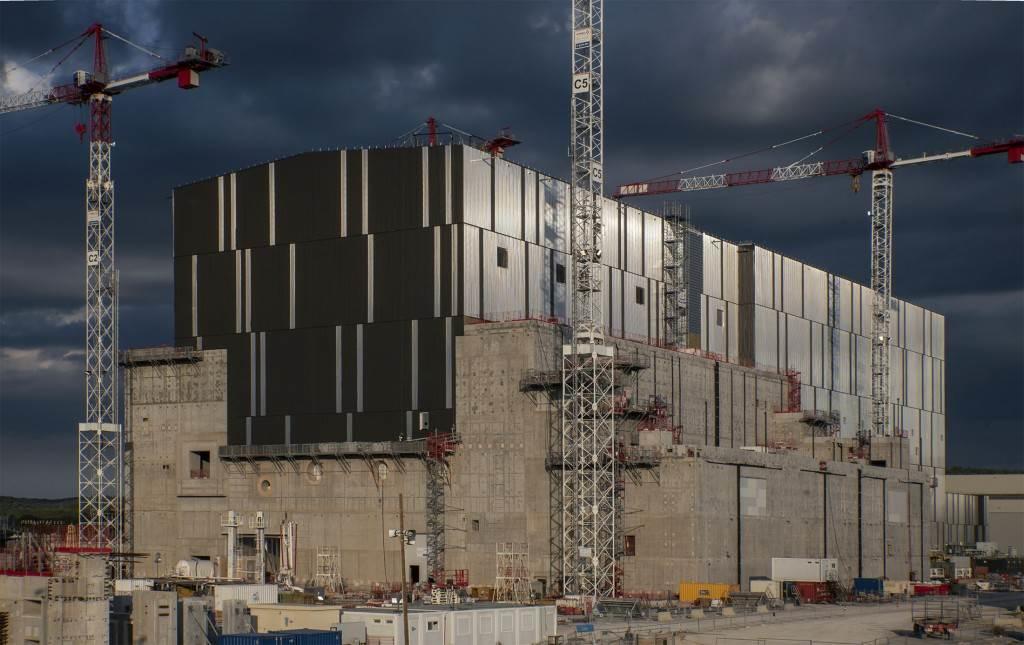Progress Made on Sophisticated Sensors for the International ITER Fusion Facility

The U.S. Department of Energy’s (DOE) Princeton Plasma Physics Laboratory (PPPL) has recently made significant progress on two crucial sensors, or diagnostics, for ITER the multinational facility under assembly in France to study plasma that can heat itself and sustain its own fusion reactions.
PPPL is a partner laboratory in US ITER, which is managed by Oak Ridge National Laboratory (ORNL) with PPPL and Savannah River National Laboratory. With contributions from universities and industry, US ITER is delivering hardware design and manufacturing for 12 essential ITER systems.
The completed diagnostics will probe the plasma, an electrically charged soup of electrons and atomic nuclei, revealing important information that could improve the efficiency of ITER and other doughnut-shaped fusion devices known as tokamaks.
Scientists around the world have developed devices to confine plasma within powerful magnetic fields to harness the fusion reactions that power the sun and stars. Fusion energy could one day produce electricity without greenhouse gases and long-lived radioactive waste. ITER diagnostics will provide important information for optimizing high-power plasma performance, and also be helpful for the design of future fusion reactors.
In August, supports for part of the toroidal interferometer/polarimeter (TIP) diagnostic sensor were installed at the ITER site. TIP, designed and built by PPPL scientists, will measure the density of a plasma’s electrons. Knowledge of this density could help researchers better understand the conditions necessary to create and sustain burning plasmas.
The TIP diagnostic measures electron density by observing how laser light changes after it has been shot through fusion plasmas. Its components include lasers, a series of pipes that carry laser light into and out of the plasma, and a system of mirrors. The diagnostic has been designed to survive a range of conditions, including seismic events, to ensure robust, reliable performance. PPPL researchers involved in the installation include TIP technical lead Marc-André de Looz, engineering analyst Chirag Rana, and computer-assisted designers Timothy Edgemon and Michael Duco. These researchers are supported by industry partner General Atomics.
PPPL experts are also designing another sensor called the electron cyclotron emission (ECE) diagnostic. The University of Texas at Austin is contributing to some ECE instrument optical and electromechanical elements. ECE technical lead Orlando Pastor, ECE lead design engineer Jagrut Bhavsar, and interim head of ITER projects Ravinder Bhatia recently toured the Austin lab to see the progress and discuss management topics. The diagnostic will employ microwaves to measure the temperature of electrons in the plasma and help scientists detect and prevent disruptions that could interfere with the fusion reactions.
